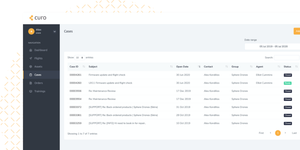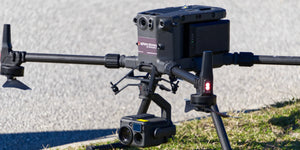Wondering how indoor drones, such as the Elios 3 are being used in the oil and gas industry? The primary way they are being used is to collect visual data remotely during internal inspections.
Key use cases
Here's a list of the most common assets where inspectors are using indoor drones to support their internal inspections in the oil and gas industry, including notes about what inspectors are looking for and doing when inspecting them.
Chimneys & smokestacks
Performing a general visual inspections to detect cracks and anomalies on the inside of a sky-high chimney within an oil refinery.
Storage tanks
Looking for cracks and corrosion on rafters, walls, and the roof sections of storage tanks during integrity-assessment turnarounds by performing close visual inspections.
Jetties
Collecting close up images underneath a jetty to check its structural integrity, as well as the integrity of the piping it carries.
Offshore rigs, FPSOs, & drilling ships
Checking the inside of ballasts and tanks for possible anomalies of the structures on offshore rigs, FPSOs, and drilling ships.
Refineries
Performing the visual inspection of critical production units of petroleum refineries, such as Fluid Catalytic Cracking (FCC) units and Cokers.
Asset decommissioning & rehabilitation
Assessing the extent of damages inside an asset to plan for its decommissioning or rehabilitation and evaluate the cost of the operation without putting humans at risk.
Source: Flyability



















